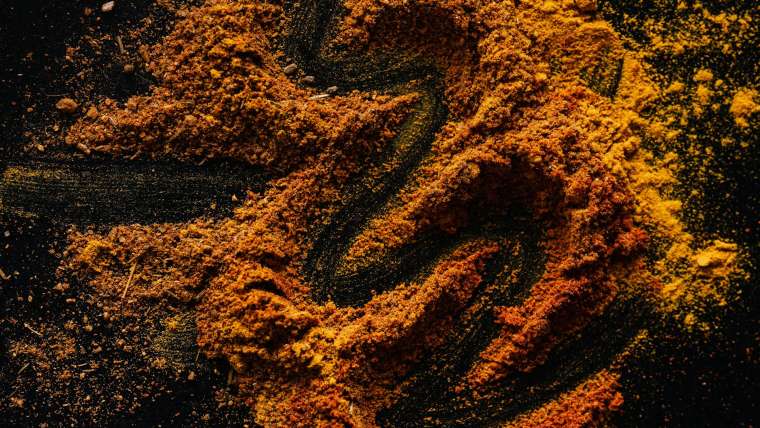Uncover the secrets behind yeast infections with our in-depth guide – what causes them, how to spot symptoms, and solutions!
Table of Contents
Welcome to our comprehensive guide on yeast infections. This common health condition affects many individuals and can be uncomfortable if left untreated. In this blog post, we will delve into the causes, symptoms, and effective solutions for yeast infections.
Causes of Yeast Infections
Yeast infections, also known as candidiasis, are typically caused by an overgrowth of the fungus Candida albicans. This type of fungus is naturally present in the body, particularly in the gastrointestinal tract and vaginal area. However, certain factors can disrupt the balance of the fungal flora, leading to an overgrowth and resulting in a yeast infection.
Common causes of yeast infections include:
- Antibiotic use, which can kill off beneficial bacteria that normally keep candida in check
- Weakened immune system due to illness or stress
- Pregnancy, as hormonal changes can alter vaginal pH levels
- High sugar intake, which can feed the growth of candida
- Poor hygiene practices or wearing tight, non-breathable clothing
Symptoms of Yeast Infections
Yeast infections can manifest differently depending on the affected area. Common symptoms of vaginal yeast infections include:
- Itching and irritation in the vaginal area
- Thick, white vaginal discharge with a cottage cheese-like consistency
- Burning sensation during urination or intercourse
- Redness and swelling of the vulva
For oral yeast infections (thrush), symptoms may include white patches on the tongue, inner cheeks, and throat, as well as difficulty swallowing. In some cases, yeast infections can also affect the skin, resulting in red, itchy rashes that may have a characteristic appearance.
Treating and Preventing Yeast Infections
Fortunately, yeast infections are usually easy to treat with over-the-counter antifungal medications such as creams, suppositories, or oral tablets. However, it’s essential to follow the instructions provided and complete the full course of treatment to ensure the infection is fully eradicated.
| Aspect | Information |
|---|---|
| Causes | Imbalance in the vaginal microbiome, antibiotics, weakened immune system, hormonal changes, high-sugar diets, stress, and underlying medical conditions. |
| Symptoms | Itching and irritation in the vaginal area, redness and swelling, thick white discharge resembling cottage cheese, pain or burning during urination or intercourse. |
| Solutions | Avoiding douching and using scented hygiene products, wearing cotton underwear, practicing good hygiene, avoiding tight clothing, consuming probiotics, using over-the-counter antifungal medications. |
In addition to medication, there are several preventive measures that can help reduce the risk of recurrent yeast infections:
- Maintain good hygiene practices, including using mild, unscented soap in the genital area
- Wear cotton underwear and avoid tight-fitting clothing
- Avoid douching, as it can disrupt the natural balance of vaginal flora
- Limit sugar consumption and maintain a healthy diet
- Practice safe sex to prevent the spread of yeast infections
If yeast infections persist despite home remedies or over-the-counter treatments, it’s advisable to consult a healthcare professional for further evaluation and management.
FAQ
Can men get yeast infections?
Yes, men can get yeast infections, typically in the form of genital yeast infections or thrush. Symptoms may include itching, redness, and rash on the penis or groin area.
Are yeast infections contagious?
Yeast infections are not considered contagious in the traditional sense. However, it is possible to spread the fungus through sexual contact or sharing personal items like towels or clothing.
Can stress contribute to yeast infections?
Yes, stress can weaken the immune system, making individuals more susceptible to yeast infections. Managing stress through relaxation techniques, exercise, and self-care can help reduce the risk of recurrent infections.
Is it safe to use home remedies for yeast infections?
While some home remedies like yogurt or apple cider vinegar may offer temporary relief, it’s essential to consult a healthcare provider for proper diagnosis and treatment of yeast infections. Over-the-counter antifungal medications are generally safe and effective for treating yeast infections.





